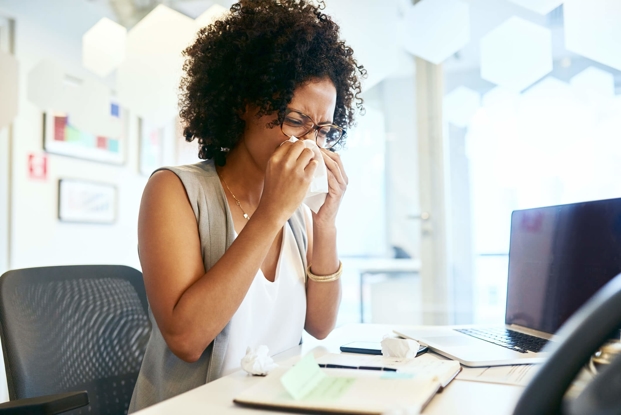Rotator Cuff Tears can be Treated Effectively with Physical Therapy
- Category: Living Well
- Posted On:
- Written By: Monique Serpas, PT, DPT, OCS
Rotator Cuff Tears
Rotator cuff tears can be common, affecting up to 40% of the population over 60 years old. For many, the pain slowly begins without an apparent cause. A rotator cuff injury can be very painful, not to mention making simple tasks like putting on a shirt or picking up a gallon of milk very difficult.
Many have thought surgery was the only good option for the treatment of rotator cuff tears. Though research suggests up to as much as 75% of those with a large rotator cuff tear retear the muscle after surgical repair. Research is showing that tears that are not related to a specific trauma, or “nontraumatic” rotator cuff tears can be treated effectively with physical therapy.
What is the rotator cuff?
The rotator cuff is a group of four muscles: supraspinatus, infraspinatus, teres minor, and subscapularis. The muscles form a cuff around the humerus (long bone of the arm) to keep the ball of your shoulder joint seated properly in the socket. The muscles attach the shoulder blade to the humerus and act to elevate the arm and rotate it back and forth.
The rotator cuff maintains shoulder stability. The main joint of the shoulder is shaped like a ball and socket. The socket is relatively small and shallow when compared with the ball end. A good analogy is to picture how a golf ball sits on a tee. The deltoid is a large and powerful muscle that pulls the arm up when you reach up above your head. It pulls on the top of the “golf ball” in an upward direction.
The rotator cuff muscles help to counteract the upward pull of the deltoid, by producing a force that pulls in the opposite direction. The rotator cuff pulls on the “golf ball” on the side resting on the tee. This force keeps the ball in the socket, or the “golf ball” from rolling up and off the “tee.”
When the arm is raised and these forces are balanced, the golf ball rotates on the tee. When the deltoid pull is not balanced out by the pull of the rotator cuff, it rolls off the tee and can result in painful conditions. It can cause impingement, rotator cuff disorders, and early shoulder joint degeneration.
Why Do Rotator Cuff Tears Develop?
People may develop rotator cuff tears because of:
- poor posture
- muscular weakness
- joint stiffness
All of these symptoms can be addressed in physical therapy with hands-on techniques as well as exercise. In many cases, surgery can be avoided with good improvements in pain and shoulder motion. If you have shoulder pain or have been diagnosed with a rotator cuff tear and would like to have physical therapy, call Touro’s Back In Action Center to schedule an appointment.
References
- Kukkonen et. Al. (2014). Treatment of non-traumatic rotator cuff tears: A randomised controlled trial with one-year clinical results. Bone Joint J2014;96-B:75–81.
- Khair, M. M., & Gulotta, L. V. (2011). Treatment of irreparable rotator cuff tears.Current Reviews in Musculoskeletal Medicine, 4(4), 208–213. doi:10.1007/s12178-011-9098-3
- Kuhn, Dunn, Sanders, et al. (2013). Effectiveness of physical therapy in treating atraumatic full-thickness rotator cuff tears: a multicenter prospective cohort study.J Shoulder Elbow Surg. 2013 Oct;22(10):1371-9. doi: 10.1016/j.jse.2013.01.026. Epub 2013 Mar 27.
Monique Serpas, PT, DPT, OCS. is a physical therapist and board-certified Orthopaedic Clinical Specialist practicing at Touro Infirmary in New Orleans, LA. Monique realizes how difficult it can be to overcome an injury or manage a chronic condition and is focused on helping her clients achieve wellness through a physically active lifestyle. Monique treats orthopaedic, balance, and vestibular disorders using a combination of hands-on manual therapy, therapeutic exercise, and education. This enables patients to assist in their own recovery and injury prevention. Monique holds a Doctor of Physical Therapy from Concordia University Wisconsin (2008) and a Bachelor of Science in Kinesiology from Louisiana State University (2004). She is a member of the American Physical Therapy Association (APTA), Louisiana Physical Therapy Association (LPTA), and the Orthopaedic and Neurology sections of the APTA.


